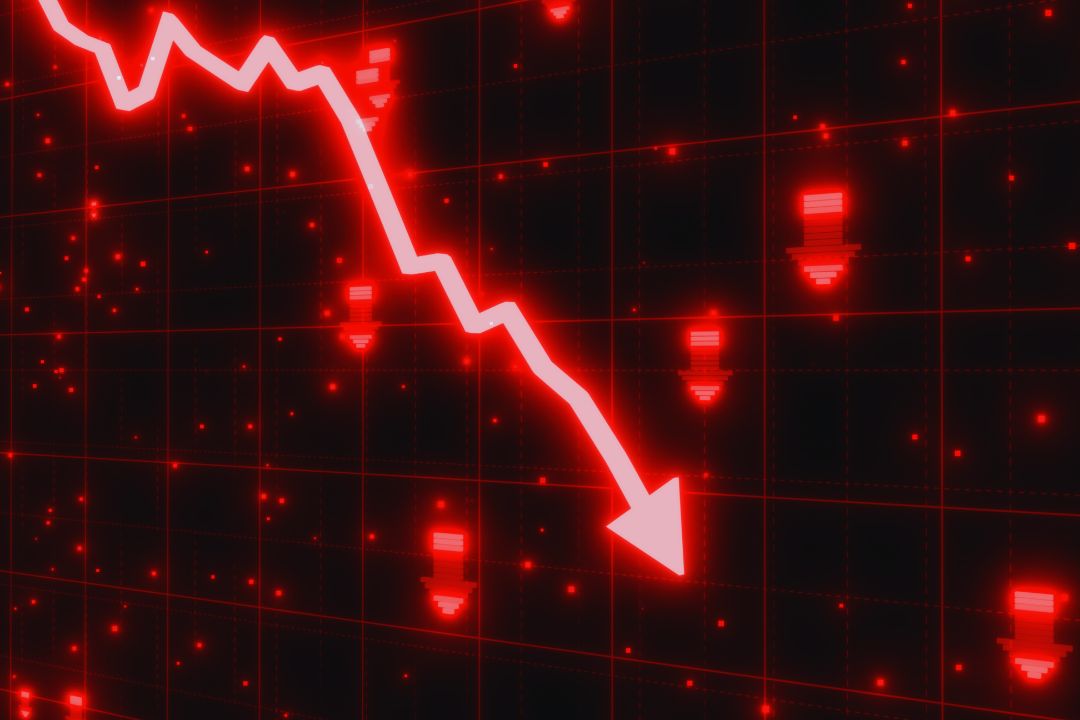The U.S. stock market took a significant hit yesterday as President Donald Trump confirmed that new tariffs on Canada and Mexico would take effect today, March 4, 2025. Investors reacted sharply, triggering a broad selloff and intensifying concerns about inflation and economic stability. The move marks a major escalation in the administration’s protectionist trade policies, adding uncertainty to financial markets.
Markets Plunge in Response
The Dow Jones Industrial Average dropped roughly 650 points, a 1.5% decline, while the S&P 500 slid 1.7%. The tech-heavy Nasdaq Composite suffered the most, falling 2.3%. Losses accelerated throughout the day after Trump’s confirmation that the 25% tariffs on Canadian and Mexican imports were moving forward as planned.
The market’s reaction reflects the growing anxiety over potential economic repercussions. Investors had hoped that the tariffs would be used as leverage in trade negotiations rather than becoming a reality. The confirmation dashed those expectations, leading to intensified selling pressure in the afternoon session.
This decline continues a rough period for the market. February was already a negative month, with the Dow down 1.6%, the S&P 500 losing 1%, and the Nasdaq shedding 4%—its worst performance since April 2024. The latest developments have only deepened investor uncertainty.
Tariff Breakdown and Economic Impact
The tariffs going into effect today include a 25% duty on imports from Canada and Mexico, along with an additional 10% tariff on Chinese goods. Commerce Secretary Howard Lutnick described the situation as “fluid,” suggesting that changes to specific tariffs could still be made. However, he confirmed that the additional 10% levy on Chinese imports was firmly set.
More tariffs are scheduled to follow. A 25% tax on steel and aluminum imports is set for March 12, and by April 2, reciprocal tariffs could be implemented by trading partners. Additional 25% duties on European Union goods, as well as potential tariffs on copper and automobiles, may also be imposed later.
Mexico has proposed aligning its tariffs with the U.S. on China, potentially to avoid the tariffs taking effect today. This diplomatic maneuver underscores the far-reaching consequences of these policies, as global trading partners scramble to adjust.
Weak Manufacturing Data Fuels Fears
Adding to the market’s woes was weaker-than-expected U.S. manufacturing data. While the sector is still growing, it is not expanding at the pace economists had projected. More concerning, new orders have contracted, signaling potential trouble ahead.
Timothy Fiore, chair of the Institute for Supply Management’s manufacturing survey committee, commented, “Demand eased, production stabilized, and destaffing continued as panelists’ companies experience the first operational shock of the new administration’s tariff policy.”
Consumer confidence is also declining. A report from The Conference Board showed the biggest drop in consumer sentiment since August 2021, with inflation expectations rising from 5.2% to 6%. As consumers grow more worried about inflation, spending could slow, potentially weighing on economic growth.
Tech Stocks Lead Market Decline
Technology stocks bore the brunt of the selloff. Nvidia, which had been a leader in the AI-driven rally, plunged 9.4%. Tesla also struggled, losing 4.3%.
Retail stocks faced turbulence as well. Kroger’s CEO Rodney McMullen resigned amid an internal investigation, sending the stock down 2.9%. Walmart executives warned that tariffs could lead to price increases, further dampening sentiment in the retail sector.
Investors will be closely watching earnings reports from major retailers such as Target, Best Buy, and AutoZone this week for insights into how businesses are preparing for the economic headwinds.
Cryptocurrency Market Surges Amid Trump’s Crypto Reserve Plan
While traditional markets tumbled, cryptocurrencies soared following Trump’s announcement of a strategic crypto reserve. Bitcoin surged 10%, climbing past $94,000 after dropping below $80,000 just days ago. Ethereum and other major cryptocurrencies, including XRP, Solana, and Cardano, also posted double-digit gains.
Trump’s move signals a shift in policy, indicating that the government will actively purchase and hold digital assets rather than merely stockpile existing holdings. The implications of this strategy remain uncertain, but investors have reacted with enthusiasm.
Analysts Warn of Economic Uncertainty
Market analysts are increasingly concerned about the impact of the administration’s tariff policies. Legendary investor Warren Buffett weighed in, cautioning that tariffs could stoke inflation and hurt consumers. “Tariffs are, in some respects, an act of war,” he remarked, adding, “They function as a tax on goods. The Tooth Fairy doesn’t cover those!”
Wall Street strategists have also been adjusting earnings forecasts downward. FactSet data shows that analysts have cut S&P 500 earnings projections for the first quarter by 3.6%, a sharper decline than historical averages. Full-year earnings estimates have also been lowered, with the consumer discretionary sector seeing an 8.8% reduction.
Looking Ahead: A Crucial Period for Markets
With tariffs now in place, investors will be watching closely for their real-world effects. Key questions remain: Will businesses pass costs onto consumers? Will inflation rise faster than expected? How will global trade partners respond?
This week’s economic data, particularly the February jobs report, will be crucial in determining whether the market stabilizes or faces further turmoil. Investors are bracing for a potentially volatile period as financial markets adjust to a new economic reality.



